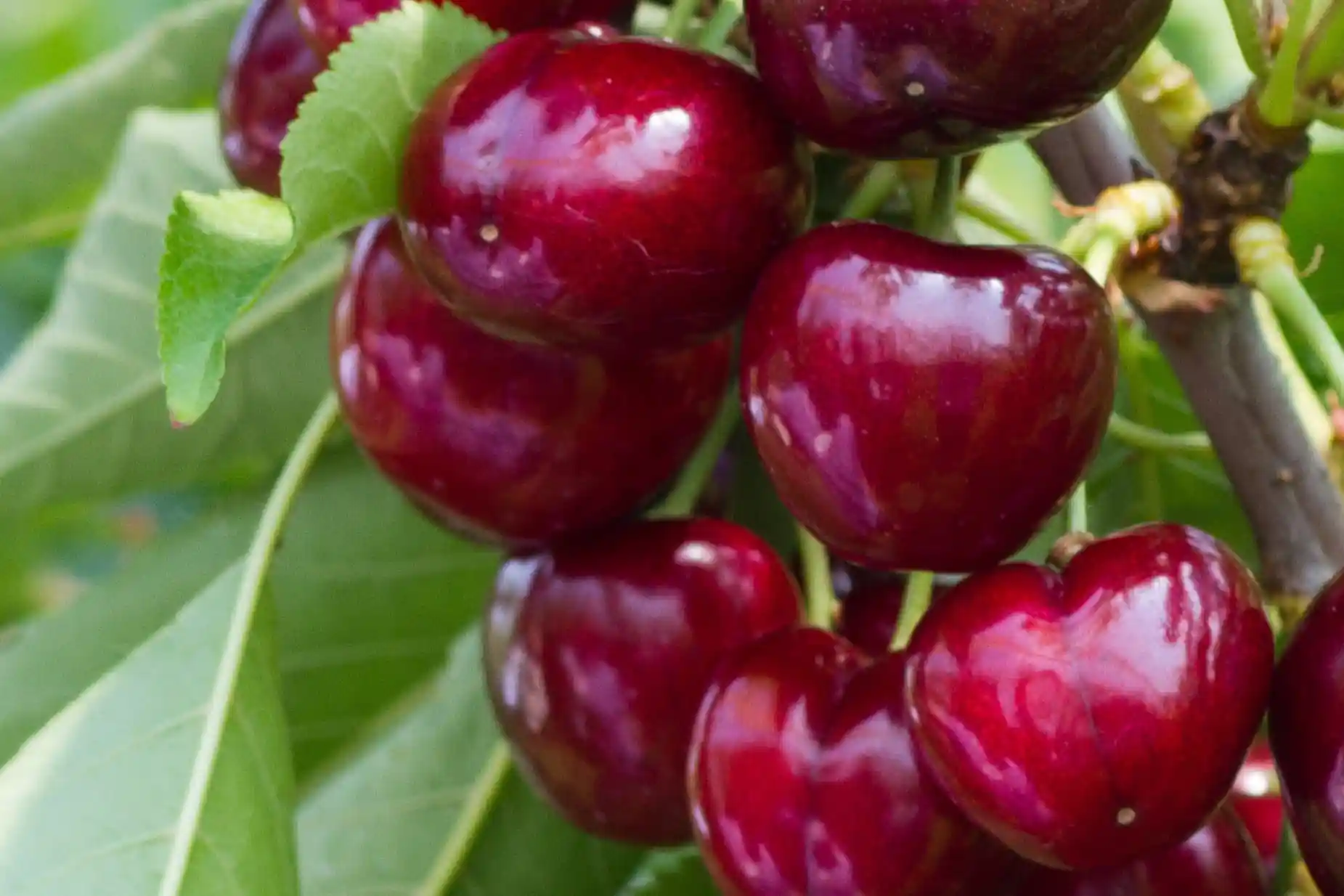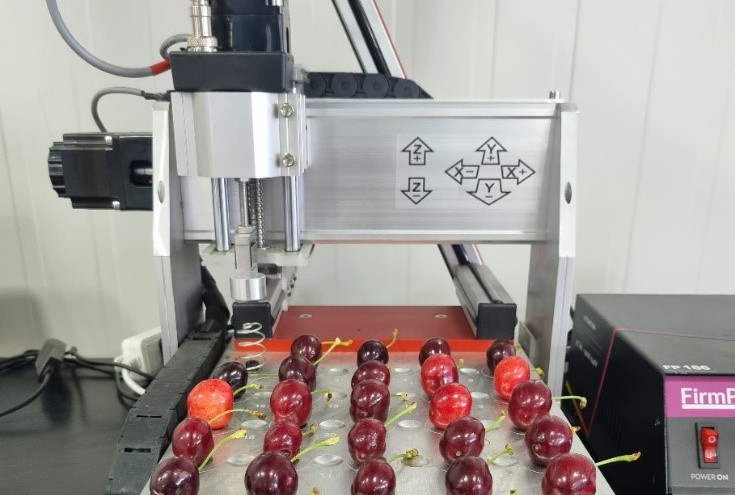The Washington cherry harvest is progressing well and is expected to start on schedule around June 1st. Coming off a very difficult 2023 season, growers and shippers are hoping for a better market this year. “Cherries are such a vibrant product and a sign of hope for us, so we’re looking forward to the new season,” says Dan Davis of Washington Fruit Growers.
Good fruit size
At the moment, the situation is positive. Growing conditions have been good, apart from an early frost that affected the northern growing regions of Washington. As a result, the northern part of the state is expected to see a reduction in volumes, just like the neighboring province of British Columbia.
“All in all, our growers have fared quite well through the frost. As for the total volume, there are some concerns for some early season varieties,” commented Davis. “Nonetheless, we are expecting a fairly good crop this season.” While the early season crop may be lighter, good fruit size is expected for all varieties and growing regions in the state this year.
Last year, the growing regions of California and Washington overlapped significantly, causing a drop in prices and a tough season for Washington growers. “This year, we have heard that there will be another overlap,” said Davis.
However, growers and shippers are hoping for a shorter overlap. Additionally, this year, cherries from California’s later growing districts are expected to be smaller in size. “If this is the case, it will facilitate a smoother transition to Washington, as we will have abundant volume and good-sized fruit to meet retailer demand,” said Davis.
Limited availability
Washington cherries will reach their peak for about four to six weeks, from the second week of June to the third week of July. “We are working with retailers to encourage them to promote cherries during the peak availability, especially in the two weeks around July 4th.”
When Washington’s cherry production ends, cherry availability in North America is expected to be very limited. Typically, British Columbia follows Washington and is in season until late August, early September.
However, the province was hit by a devastating frost in January and another frost in April. The BC Cherry Association has described it as a climate event that will have a greater impact on the crop than any other weather event the industry has ever experienced before.
Read the full article: FreshPlaza
Image: WSU
Cherry Times - All rights reserved












